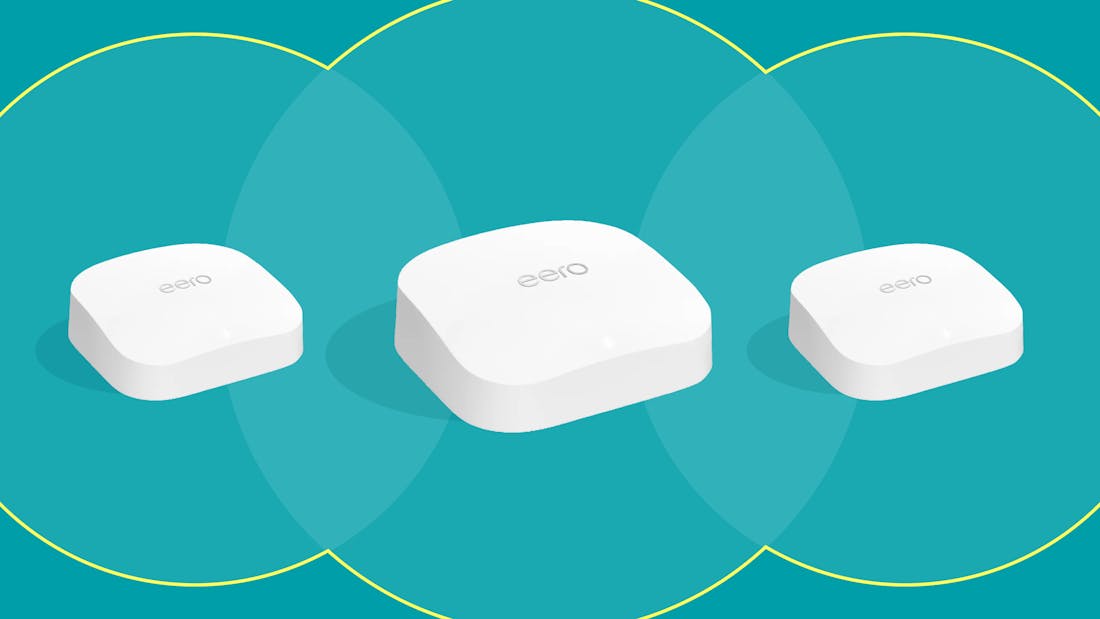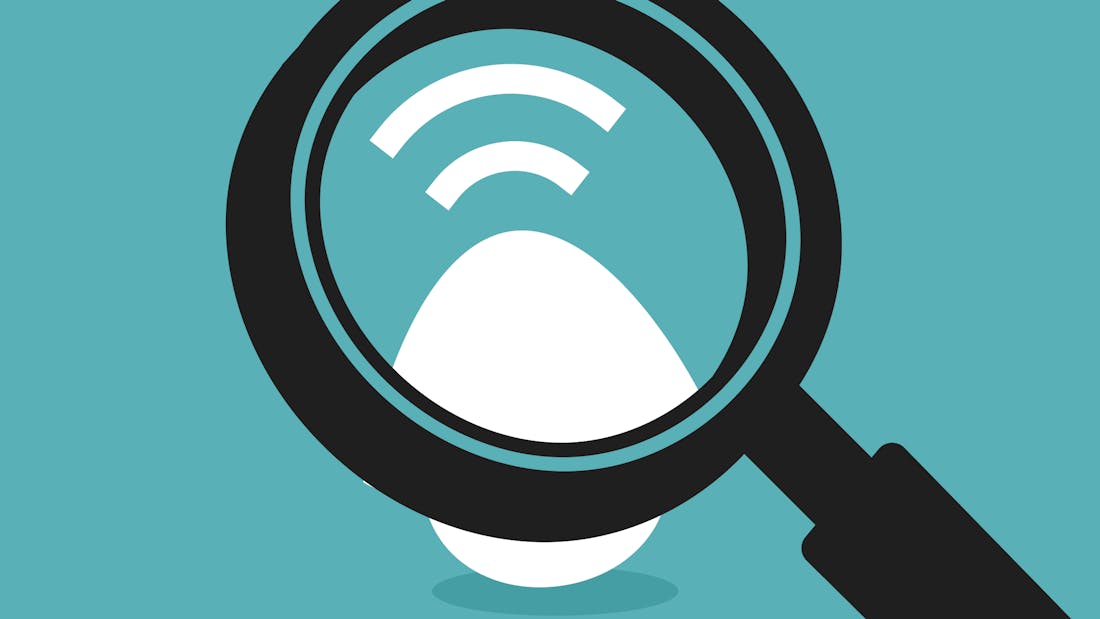
- guideProductBrand
What’s mesh Wi-Fi when it’s actually at home?
Buffering in the boxroom? Dead spot in the dining room? Laa..aa..agg on the lawn? We’ve all been there. When your so-called home Wi-Fi doesn’t reach every corner of your home, let alone the garden. But help is at hand. And it’s called mesh Wi-Fi.





